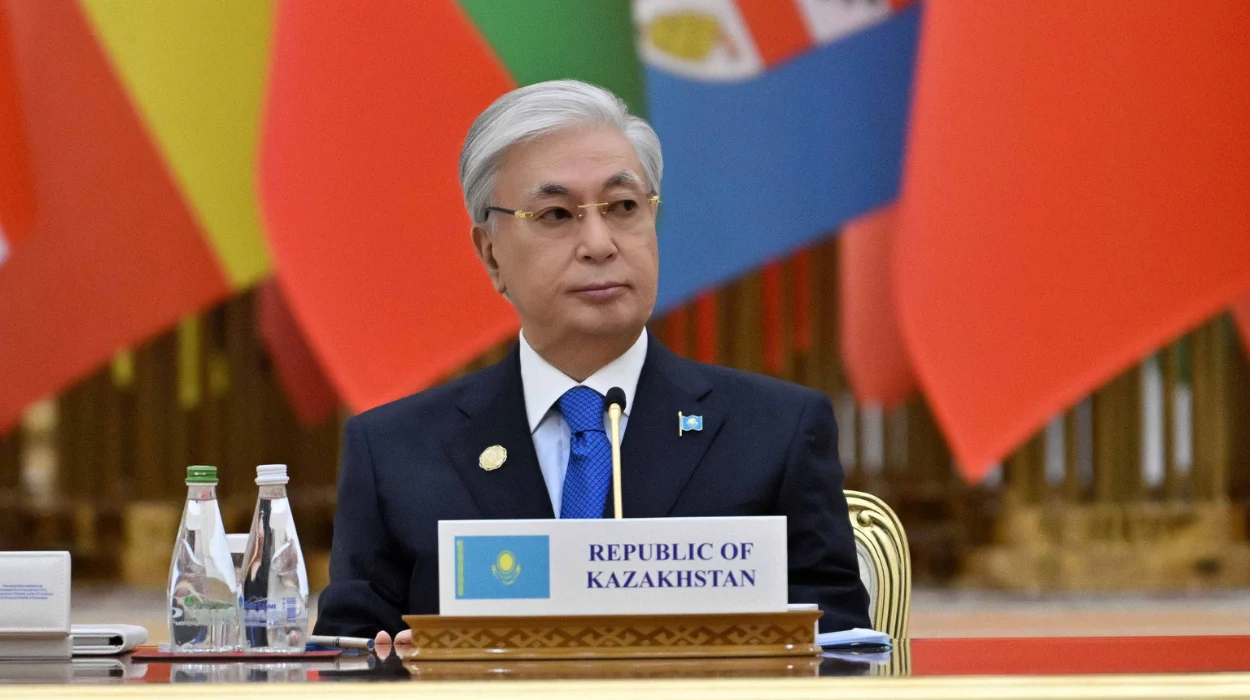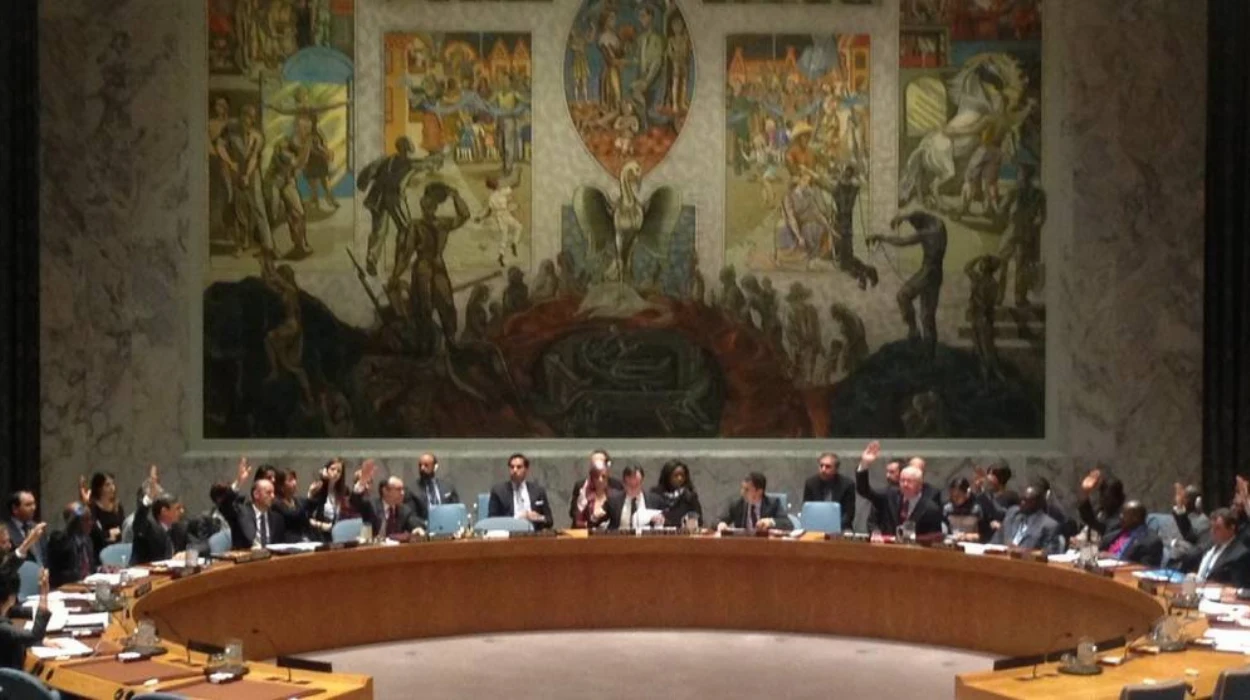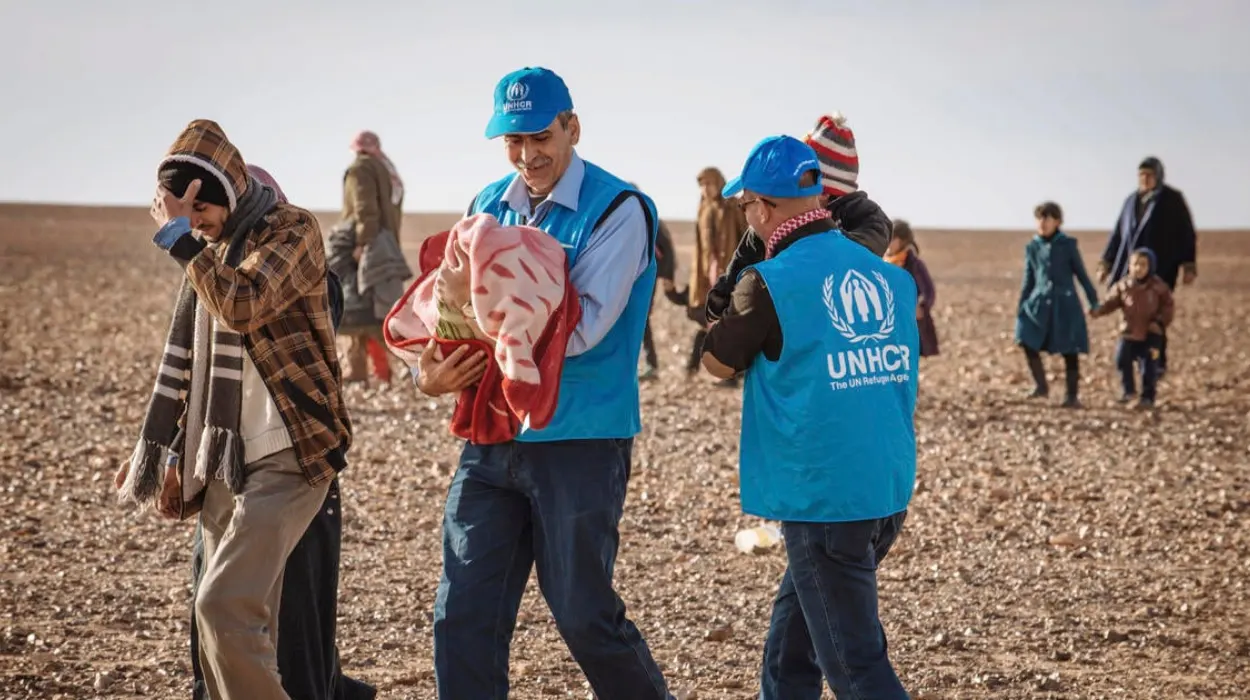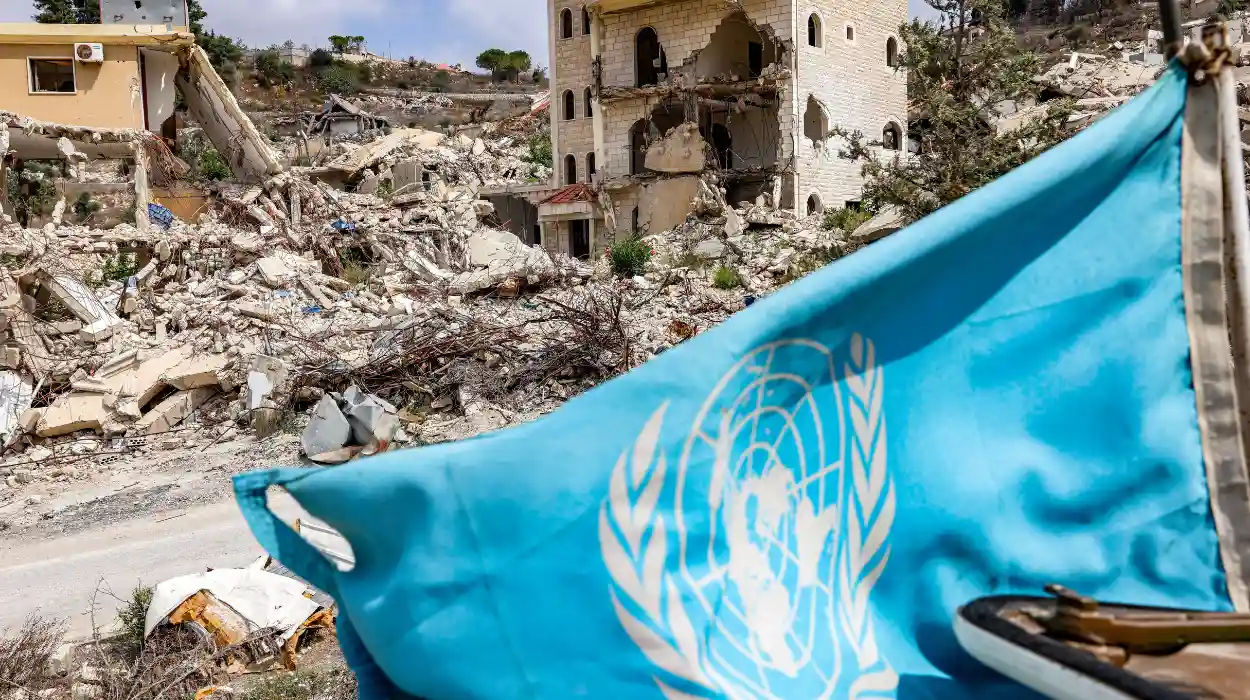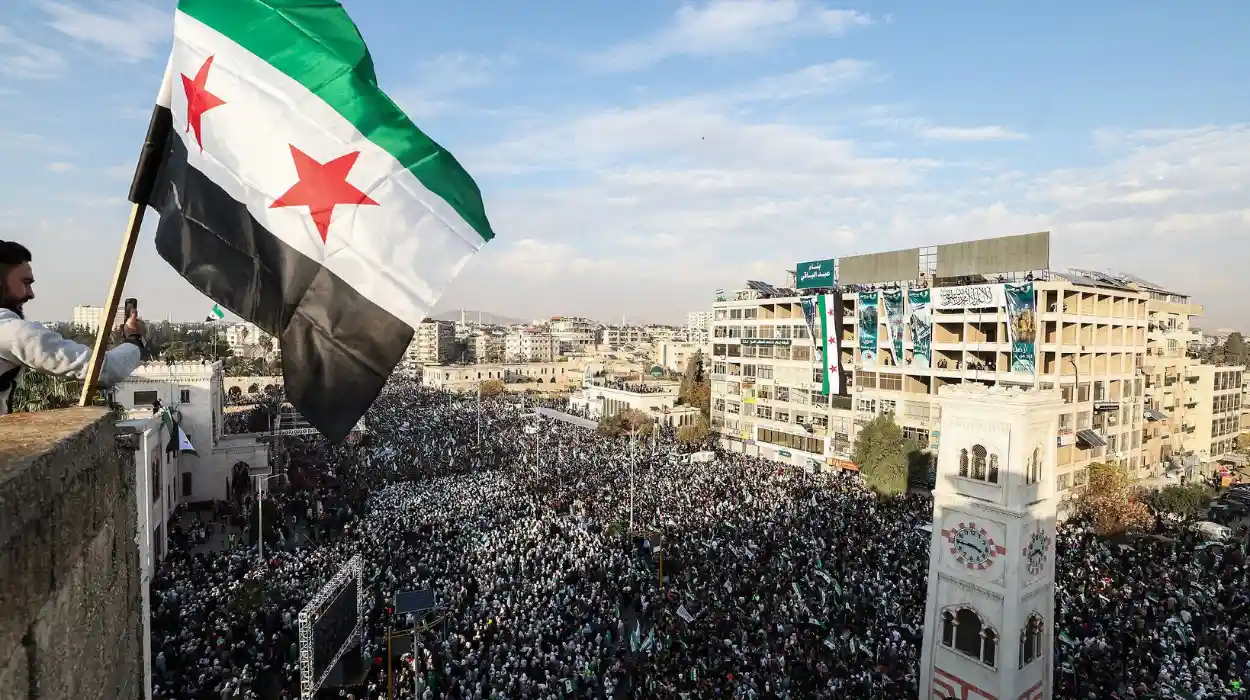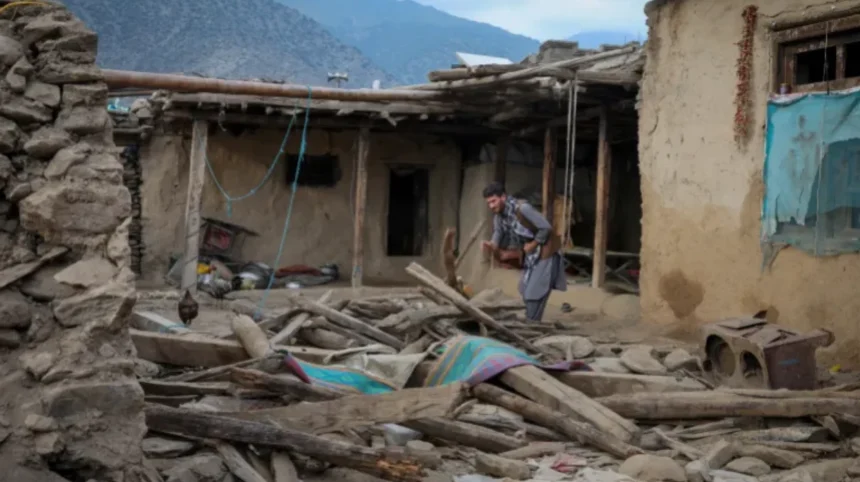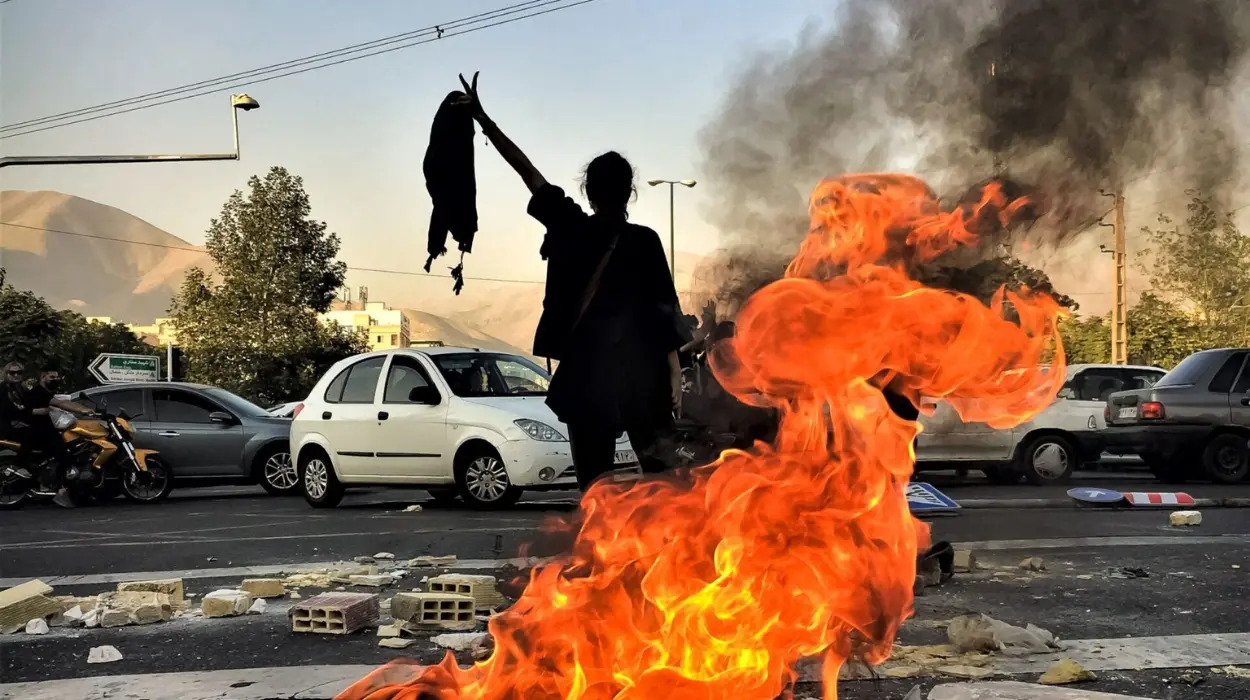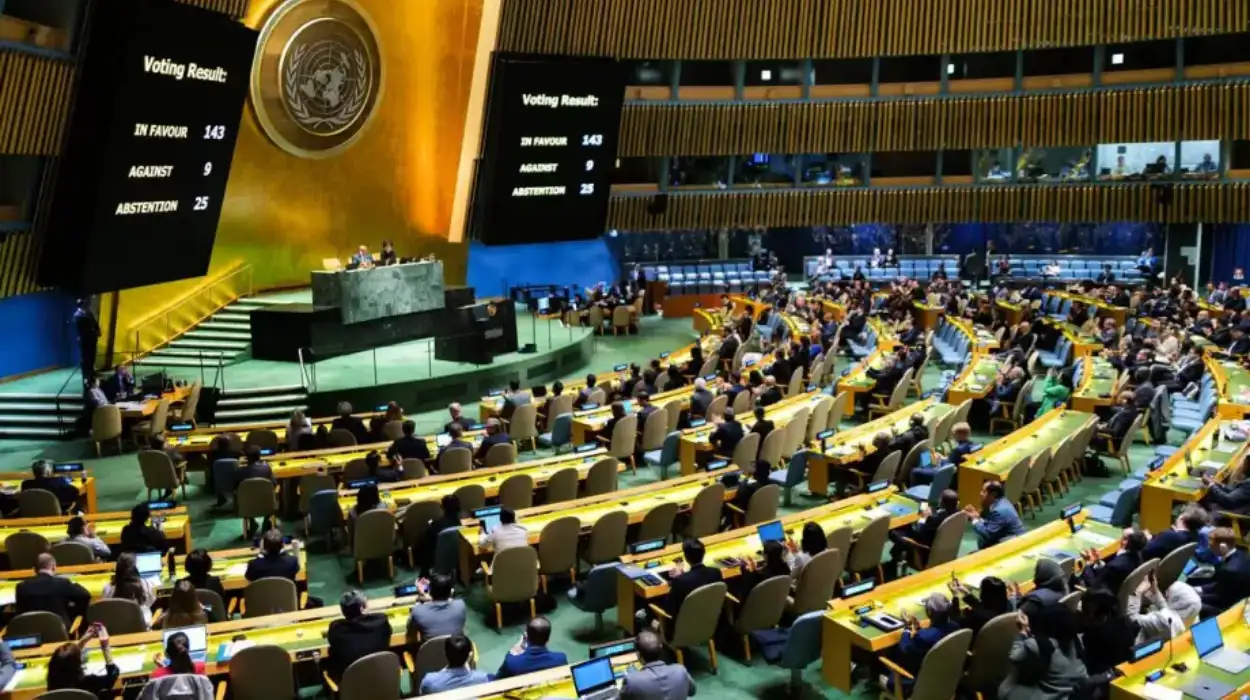On August 31, 2025, an earthquake of magnitude 6.0 hit eastern Afghan provinces of Kunar and Nangarhar. Its shallow epicentre, a mere eight kilometres beneath the surface, unleashed tremendous power upon exposed communities across hilly terrain. At least 812 were killed and more than 2,800 injured in the disaster, initial United Nations and Taliban estimates reported. Entire villages in far-flung districts like Nurgal were reduced to rubble, survivors reporting entire families being buried under collapsed mud-brick houses.
Provincial economic hub Jalalabad also was hit hard. Bridges, clinics, and market buildings were destroyed or damaged. Landslides from the shakes have isolated many rural areas, hindering both rescue and delivery efforts. Communications networks are also out in most of the country, further complicating the issue of assessment and coordination.
Structural Vulnerabilities Exacerbate Catastrophe
The majority of the residential structures in the afflicted areas are constructed using muds, wood and local rocks that are not well-suited to withstand earthquakes. The houses, frequently situated on the top of steep hill slopes, could readily be broken into debris by the upper vertical/horizontal acceleration of the quake. At dawn when the earthquake occurred, most of them were at home in bed. The human beings who survive, in numerous instances, search frantically through rubble with their own hands in a desperate effort to rescue loved ones.
The terrain of East Afghanistan also makes them vulnerable. The villages are usually constructed on slanting land or distant valleys, which make them extremely susceptible to building collapses and landslides that may be occasioned by earthquakes. Such geologic processes have thus far presented extreme logistical difficulties to rescue efforts in the opening few hours and days following the disaster.
Communication and Access Barriers
Telecommunications were disrupted to some degree, and therefore some intermittent situational reporting. Initially, humanitarian responders were left with no option but to depend on satellite communications and eyewitness reports on foot. The main highways to the earthquake region were blocked and engineering troops had to conduct emergency clearance before other relief trucks were allowed into the region.
And all this notwithstanding, dozens of volunteers in the surrounding provinces have attempted to find their way into the area, frequently walking many hours simply to provide first aid or give out trifles. These gestures of solidarity among communities have started to fill holes in official relief delivery, especially in places that are still not accessible to international relief workers.
The Scale and Coordination of Humanitarian Response
Several hours after the first shaking, the United Nations sent a number of its agencies to coordinate response efforts. The UN Office for the Coordination of Humanitarian Affairs (OCHA), WHO, UNICEF, and Afghan Red Crescent Society launched immediate relief operations. Emergency medical teams were deployed to Jalalabad and Asadabad to help overwhelmed local hospitals with large numbers of severe trauma patients. The World Health Organization has highlighted field triage, surgery, and prevention of disease outbreaks among displaced families now staying in temporary settlements.
The UN Humanitarian Air Service has extended airlifts to the east, which enabled rapid transport of medical teams, emergency tents, and food items. The joint relief efforts are being led by UN Resident Coordinator Indrika Ratwatte with others like the World Bank and the International Federation of Red Cross and Red Crescent Societies. Coordination across sectors has been focusing on rapid delivery of shelters, water sanitation, and psychosocial support to traumatized survivors.
Logistical and Operational Challenges
Even after rapid mobilization, access still proves a key constraint. The earthquake’s effect on already peripheral road networks has slowed delivery to hard-hit rural districts. Relief convoys have been diverted repeatedly because of unstable terrain and rockslides. Whole sections of road were washed out or buried in places such as Pech Valley and Watapur, necessitating airlifts or mule-based delivery systems.
Given the context of Taliban domination over such a large area of the affected territory, humanitarian agencies are working in complicated operational contexts. The UN has adhered to the principle of neutrality but appealed to international donors to make additional contributions. Humanitarian corridors have also been honored thus far, although several international NGOs have pressed for formal arrangements to ensure free and safe passage for Afghan as well as foreign staff.
Broader Implications and Resilience Amid Continuing Crises
The Afghanistan earthquake of 2025 adds yet another chapter in one of the world’s longest humanitarian crises. The country is still under severe economic penalties and natural (drought) and conflict-driven displacement. Rural areas, especially rural areas already deeply marginalized and exposed, will now have homes, livestock, water points, and health facilities as rubble in one earthquake.
The blow is particularly brutal for women and children, who are bedding down in open fields with nothing covering them. Food insecurity is also on the increase; the earthquake occurred just weeks before the major harvests that were expected in the eastern valleys, putting the local food chain into disarray and adding to problems of rural poverty in Afghanistan. Humanitarian agencies have called for a scale-up of nutrition and child protection services as too many families affected by the quake have nothing with which to rebuild but still need support.
Questions of Rebuilding and Future Preparedness
Long-term concerns have begun to appear in addition to short-term response initiatives. Natural disaster exposure of Afghanistan is well-documented, but disaster risk reduction programs remain patchy. Seismic monitoring, evacuation policies, or community-level preparedness exist in little more than half the districts. International agencies are demanding investment in resilient housing stock, early warning systems, and seismic retrofitting of key infrastructure.
Redesigning houses and villages will take more than building materials. With schools, health posts, and markets destroyed, total planning will be needed to renew public services and social fabric. The task is not only to replace that which was lost, but to do so in such a manner that it will endure the next emergency.
Regional and Global Perspectives on Response
She has addressed this subject, emphasizing the urgent humanitarian requirements and referring to the pivotal position of the international community in helping Afghanistan’s reconstruction:
Her words resonate broader concerns regarding donor fatigue and difficulty in keeping focus on emergencies in politically unstable environments.
Past disasters have been a result of broader global mobilization with the help of local governments like Iran and Pakistan. Most countries know the magnitude of the earthquake, but geopolitical factors still influence the provision of aid and long-term engagement.
The 2025 Afghanistan earthquake has increased arguments all over the world on disaster resilience in weak states. As threats of climate continue to increase, there is an increasing urgency to reconcile humanitarian response with sustainable development. Never has there been such urgency for robust partnerships between the Afghan state, international organizations, and local communities.
The path forward in eastern Afghanistan will have to involve more than fleeting alleviation. It will take a global commitment to strong recovery, one that strengthens community foundations and reduces exposure in the future. Whether this rate is sustainable is a pressing concern for a world living with intersecting crises of climate, conflict, and fragility.


